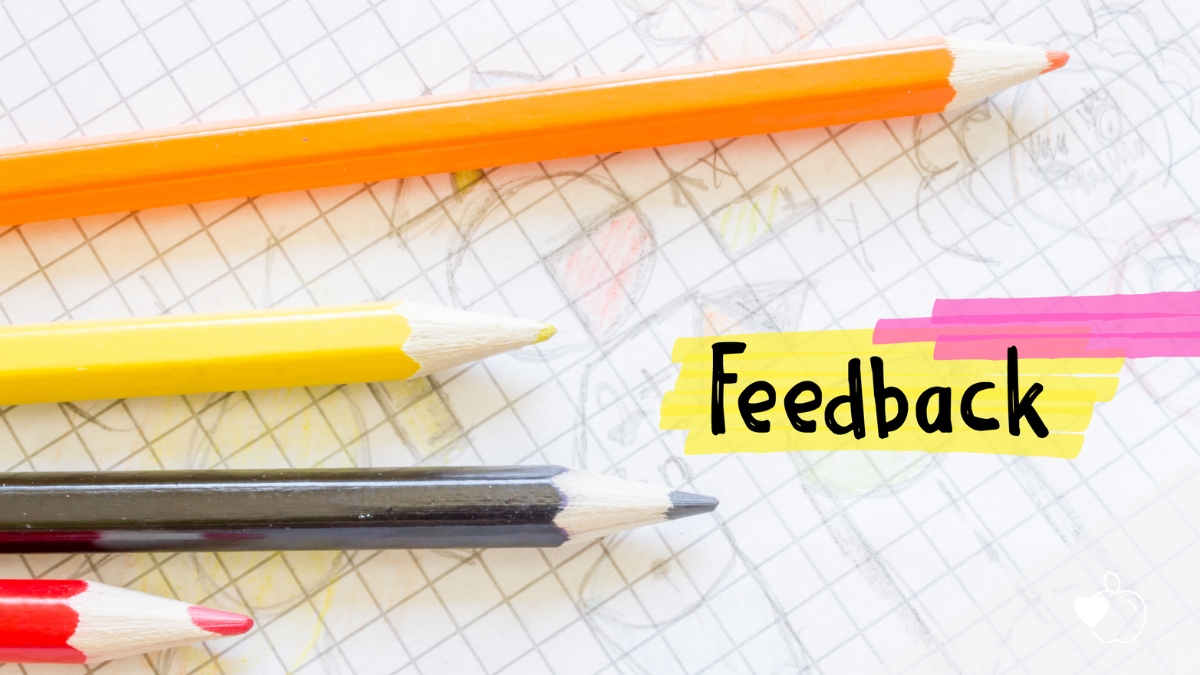Leyla N
To learn anything new, you need feedback from those teaching the skill or idea to you. Without that, you may proceed with incorrect ideas and, ultimately, fail in executing the new skill or correctly applying a new concept in the real world. As an educator, your learners depend on you to provide them with feedback that will help them to learn what they need to know. The problem comes when that feedback is given in a completely negative way.
Negative feedback can damage a learner’s desire to keep discovering new ideas in the world. It can stifle and completely extinguish the internal desire to learn. It can also kill self-esteem and make a child feel like they are incapable, or not as capable as others of learning new material.
Here are some ideas from Marianne Stengler of Edutopia to help you give the most productive feedback to your learners.:
Be Specific.
When you say something like, “Well done!” to your learners, you aren’t telling them exactly what they did there. Saying, “Not quite” doesn’t tell them what they need to work on or how they need to work on it. Tell your learners specifically what they need to do better and what they did well in order to improve.
Target the feedback to the objective of the learning. For example, don’t provide negative feedback about handwriting when the goal of learning is to create a story with a good plot, says Nina Smith, a pedagogical consultant writing for Monster.
Both Smith andIsla Hearts Teaching suggest that teachers have a clear learning goal. Objectives should be the frame for all feedback. This helps learners “self-monitor, self-assess, and hopefully engage more with the material.”
Give Feedback in a Timely Way.
When possible, provide learners with feedback as soon after they practice a new skill or explain an idea as you can. Delayed feedback has been shown by multiple studies to cause learners to not be able to master an idea as well as if they had received immediate feedback.
Isla Hearts Teaching suggests that one should use peer review to help learners improve their writing with feedback from other learners. Kindness, respect, and an understanding that the feedback is about the writing and not the author is critical for this to work, but if done correctly, this can help learners get the immediate feedback that they need to improve.
Give Feedback about Progress toward a Goal.
Help your learners identify learning goals for themselves. Then provide them with understanding that makes it clear how the feedback will help them reach their end goal.
Be Careful How You Give Feedback.
If learners don’t have the room to do the work without being too closely monitored, they may feel self-conscious and not want to learn. Feedback that is interpreted as a way to control how they should be accomplishing a task, instead of as guidance can backfire as well. Feedback given in front of others can make learners feel that they are competing with each other, potentially causing them to not want to learn.
Smith also suggests that you “choose neutral words that are not loaded with value or judgment.” You want to avoid criticising a learner’s personal shortcomings or attributes that are out of their control.
Involve Learners.
Share with learners how they are doing and check whether they understand and can apply the material they are learning. It’s also helpful for them to know whether their method of studying, researching, answering questions, etc. is effective.
Smith also suggests that you ask your learners if they agree when you provide suggestions for improvement. Allow them to answer back truthfully and do not criticise their thoughts, rather ask them to explain how they got to their conclusion. Involve them in the process of giving and receiving feedback.



